In areas such as building water supply and drainage, heating, and industrial transportation, plastic pipes have completely replaced traditional metal pipes due to their corrosion resistance, ease of installation, and long lifespan. However, a key performance parameter is often overlooked, yet it directly determines the safety and stability of the entire piping system: the temperature rating.
Choosing a pipe with inappropriate temperature resistance can lead to pipe deformation and leakage at best, or even system failure and property damage at worst. So, how high a temperature can common plastic pipes withstand? How can we choose wisely? This article will provide a comprehensive explanation.
1. Understanding Temperature Ratings: The Difference Between Long-Term and Short-Term Ratings
The temperature rating of plastic pipes is not simply an upper limit; it encompasses two dimensions:
The first is the long-term continuous operating temperature. This is the most important specification. It refers to the temperature at which the pipe can operate safely and reliably for 50 years while maintaining its rated pressure capacity. This is a design value derived from long-term hydrostatic tests based on international standards.
The second is the short-term peak temperature. This refers to the maximum temperature the pipe can withstand for hundreds of hours per year. This temperature typically occurs in rare circumstances such as system failure, overheating, or high-temperature sterilization. Never mistake this temperature for the long-term operating temperature.
2. Overview of Common Plastic Pipe Temperature Ratings
The following data is based on international standards and common brand products. When selecting a specific model, please refer to the manufacturer's technical data sheet.
First, let's introduce PVC-U pipe, chemically known as unplasticized polyvinyl chloride. Its long-term operating temperature does not exceed 60°C. It is recognized as the "king of cold water pipes" and boasts high strength and low cost, but poor heat resistance. It is primarily used in municipal and building cold water pipes, drain pipes, and cable conduits.
Next, PP-R pipe, chemically known as polypropylene random copolymer, has a long-term operating temperature of up to 70°C and can withstand short-term peak temperatures of 95°C. It is non-toxic, corrosion-resistant, and can be hot-melt-connected, making it a preferred material for hot and cold water systems in home renovations.
Third, PP-RCT pipe, or heat-resistant reinforced polypropylene, is used. This upgraded version of PP-R pipe boasts a long-term operating temperature of 80°C and a short-term peak temperature of 95°C. Its enhanced temperature resistance and long-term strength make it suitable for demanding hot water systems.
The fourth type is PE-RT pipe, chemically known as heat-resistant polyethylene. Its long-term operating temperature reaches 82°C (Type II) and its short-term peak temperature is 95°C. Known as the "star of floor heating," it offers excellent flexibility, resistance to low-temperature shock, and the ability to be hot-melt connected. Therefore, it is widely used in floor heating coils and hot and cold water systems.
The fifth type is PEX pipe, or cross-linked polyethylene. Its long-term operating temperature is also 82°C, with a short-term tolerance of 95°C. Its cross-linking process significantly enhances its temperature and pressure resistance, making it another mainstay in floor heating systems. However, it cannot be hot-melted and requires mechanical connectors.
The sixth type is PB pipe, chemically known as polybutylene. Its long-term operating temperature is ≤82°C, with a short-term peak temperature of 95°C. Known as the "gold" of plastic pipes, it offers the best flexibility, temperature resistance, and creep resistance, but is also the most expensive. It's commonly used in hot water systems and radiator connections in high-end hotels and hospitals.
The seventh type is CPVC pipe, chemically known as chlorinated polyvinyl chloride. Its long-term operating temperature is ≤82°C, with a short-term peak temperature of 95°C. Made from chlorinated PVC, its heat and corrosion resistance far surpasses PVC-U, making it a "high-temperature specialist." It can be used in industrial fluid transportation, fire sprinkler systems, and high-temperature hot water.
Finally, PVDF pipe, chemically known as polyvinylidene fluoride, offers a long-term operating temperature of up to 120°C, with short-term peak temperatures reaching 140°C. It's an industrial-grade, high-performance material with excellent chemical resistance, aging resistance, and ultra-high purity. It's primarily used for ultra-high-purity water and chemical transportation in the semiconductor, pharmaceutical, and chemical industries.
3. Beyond the Temperature Chart: Three Key Factors Influencing Product Selection
Understanding temperature ratings alone isn't enough; the following interrelated factors must also be understood:
The first point is the trade-off between temperature and pressure. This is a core principle for selecting plastic pipes. The pressure-bearing capacity of all plastic pipes decreases dramatically as the temperature of the medium increases. For example, a PP-R pipe with a nominal pressure of 2.0 MPa can withstand 2.0 MPa in cold water at 20°C, but its maximum allowable working pressure may only be 0.5-0.6 MPa in hot water at 70°C. Therefore, it is important to check the allowable working pressure at the corresponding temperature based on the system's maximum operating temperature and ensure that it exceeds the system's actual operating pressure.
The second factor is the coefficient of thermal expansion. The thermal expansion coefficient of plastic is much higher than that of metal, which means that hot water pipes will significantly expand when heated, generating significant thermal stress. The solution is to absorb this expansion during system design by installing Ω-shaped or U-shaped compensating bends and using sliding brackets to prevent pipe twisting, pulling apart, or damaging fixings.
The third factor is oxygen permeability, which primarily applies to heating systems. In closed-circuit systems like floor heating, oxygen seeping through the pipe wall into the water can corrode metal equipment like boilers and pumps. The solution is to choose PEX or PE-RT pipe with an oxygen barrier layer (such as EVOH).
4. Practical Selection Guide
For home cold water and drainage systems, economical PVC-U pipe is the preferred choice.
For home hot and cold water systems, PP-R pipe is the preferred choice due to its overall cost-effectiveness; for higher performance, PE-RT pipe can be selected.
For floor heating systems, PEX or PE-RT pipe is preferred due to its flexibility and long life.
For high-temperature heating systems connected to radiators, PB pipe, CPVC pipe, or special grades of PEX pipe can be selected.
For industrial and special applications, CPVC or PVDF pipe should be selected based on the chemical properties and temperature of the medium.
The temperature rating of plastic pipe is the "ceiling" of its performance. A correct understanding of the relationship between long-term operating temperature and pressure drop is essential to ensuring the safe operation of a piping system for 50 years. When selecting, do not simply compare price and size. Instead, obtain the manufacturer's technical data sheet and comprehensively consider factors such as the application scenario, temperature, pressure, and installation method to make a scientific and rational choice. When in doubt, consulting a professional engineer or piping supplier is the safest approach.
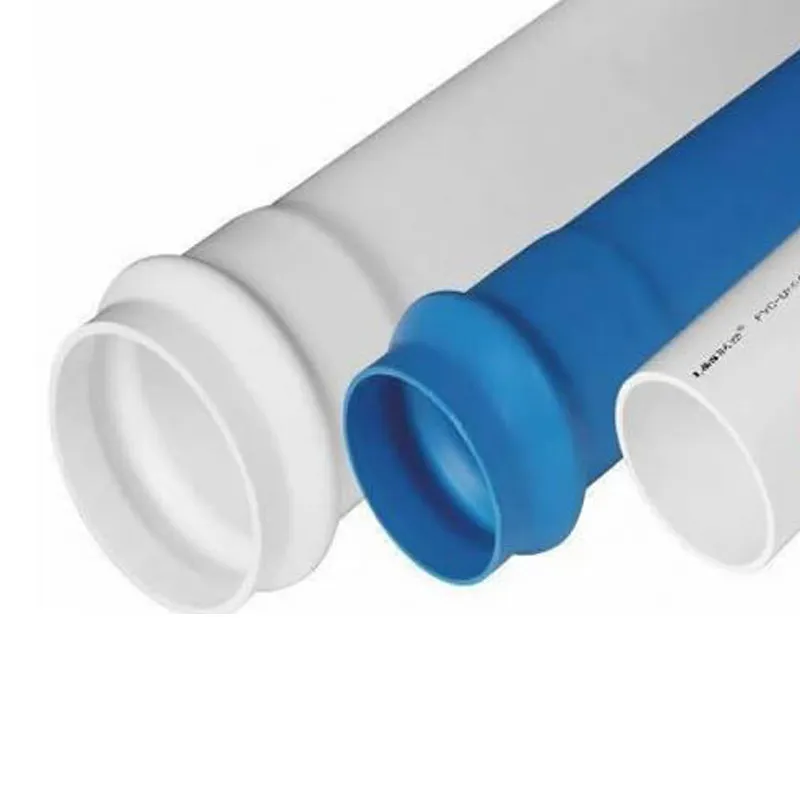
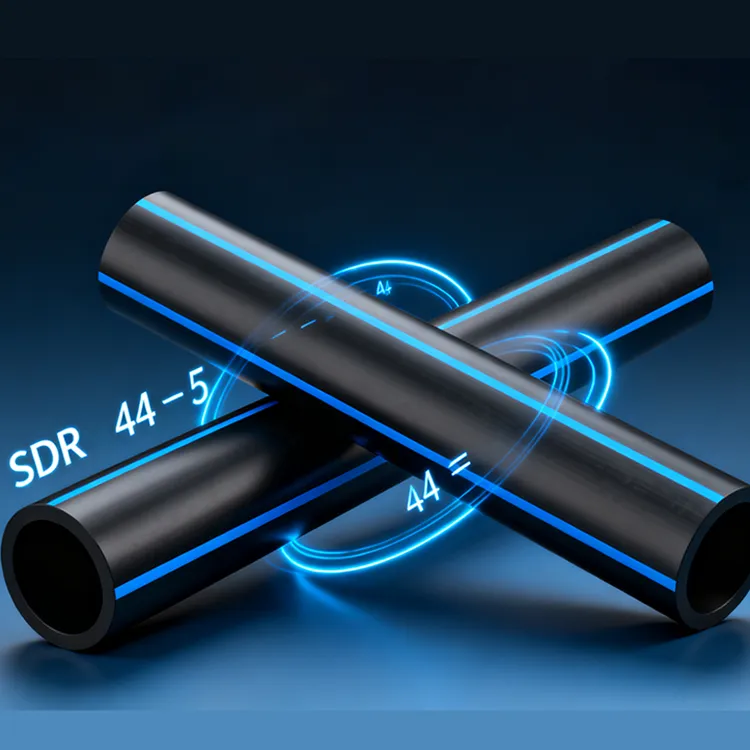
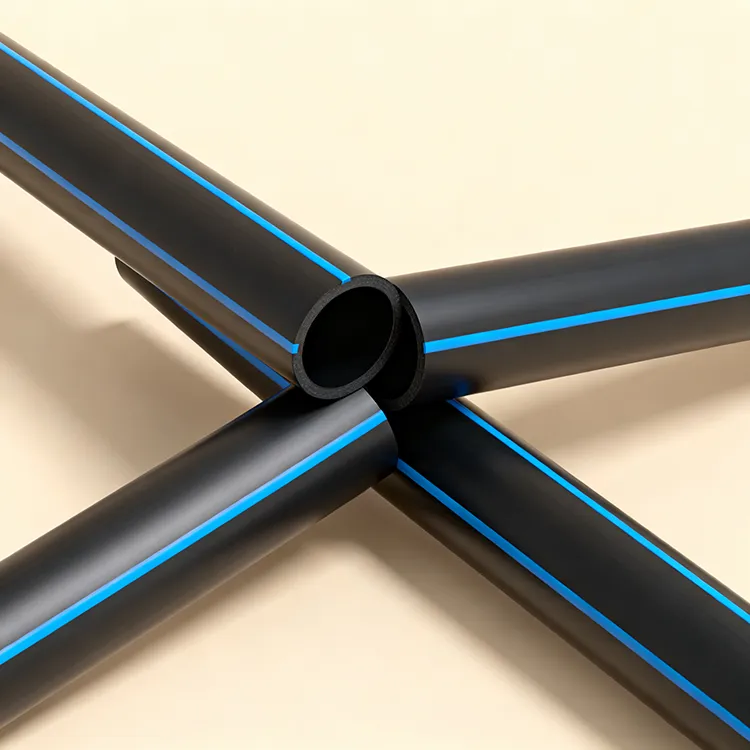
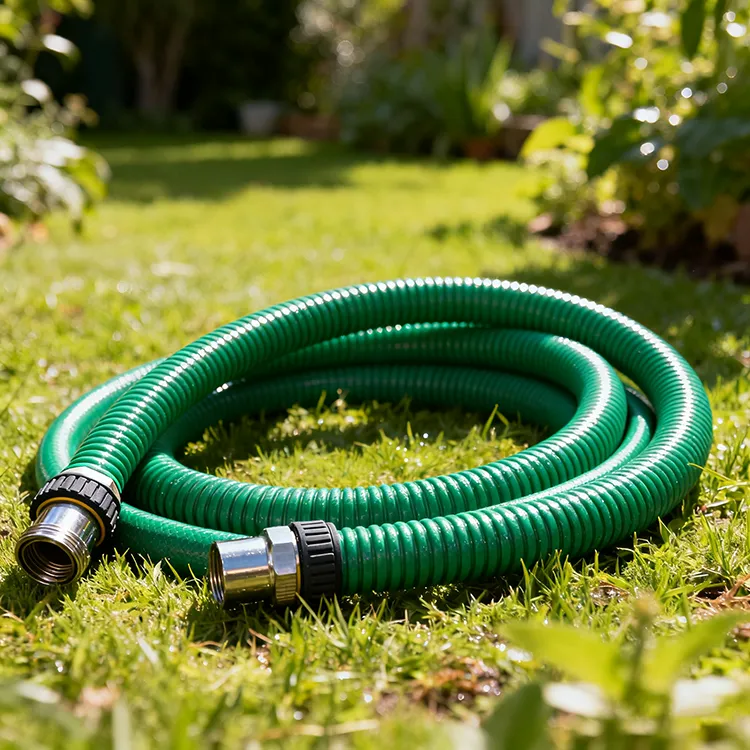
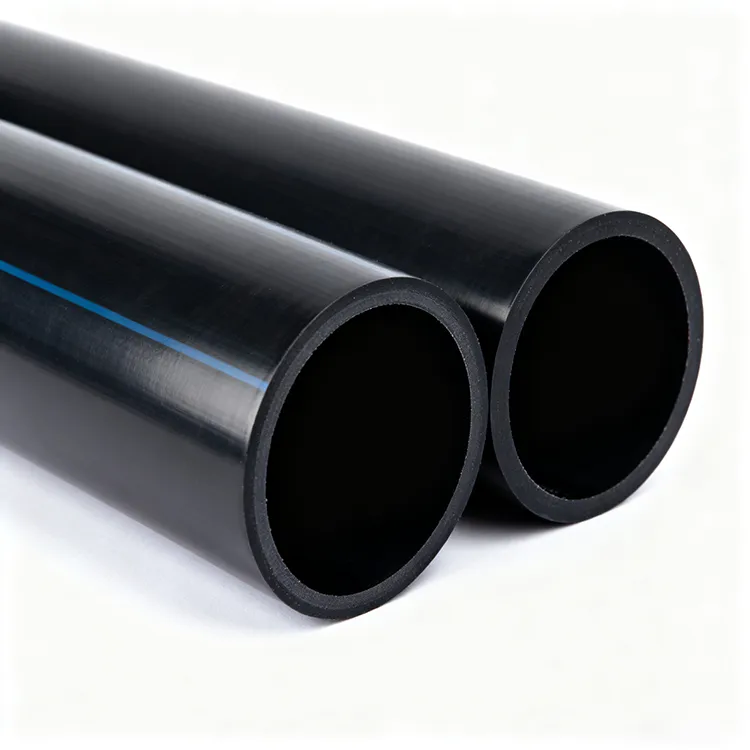
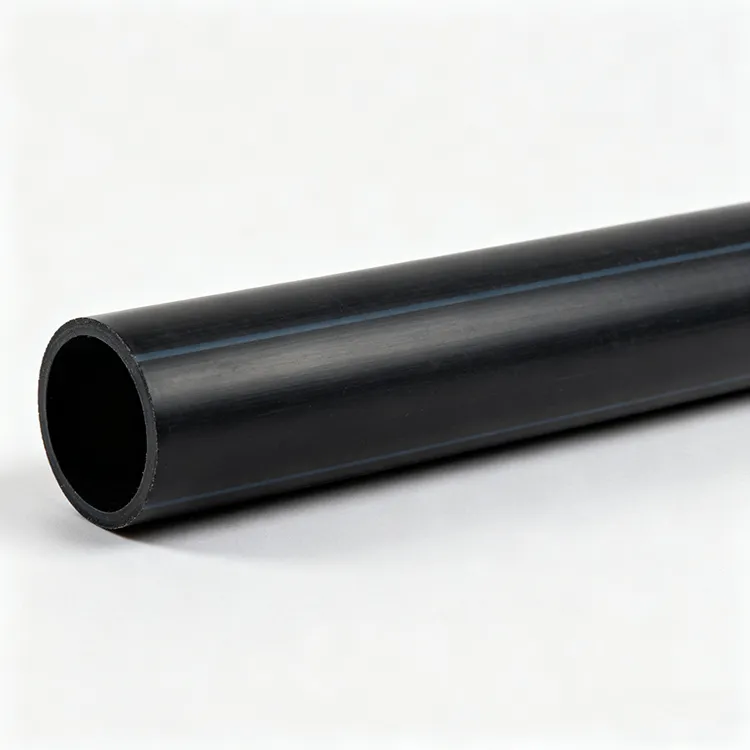
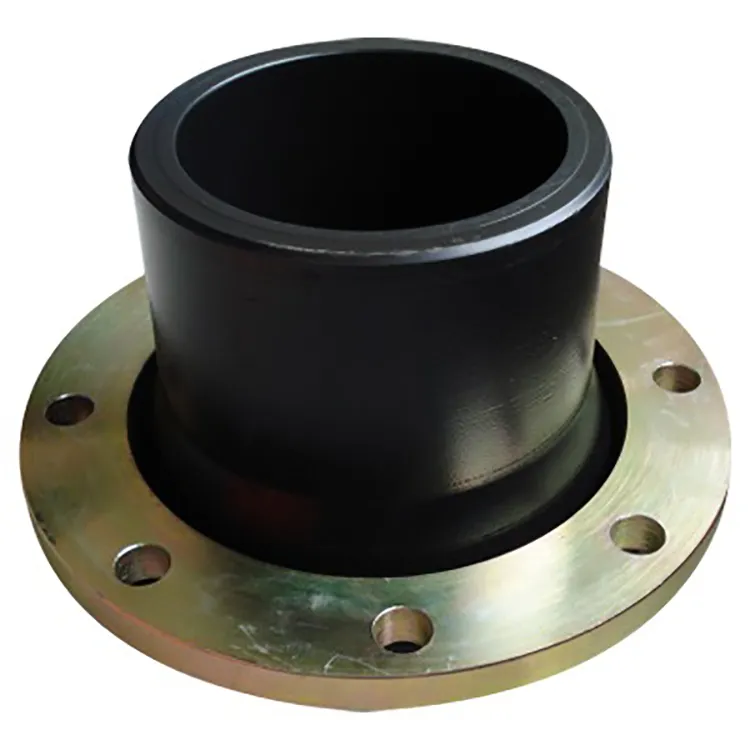
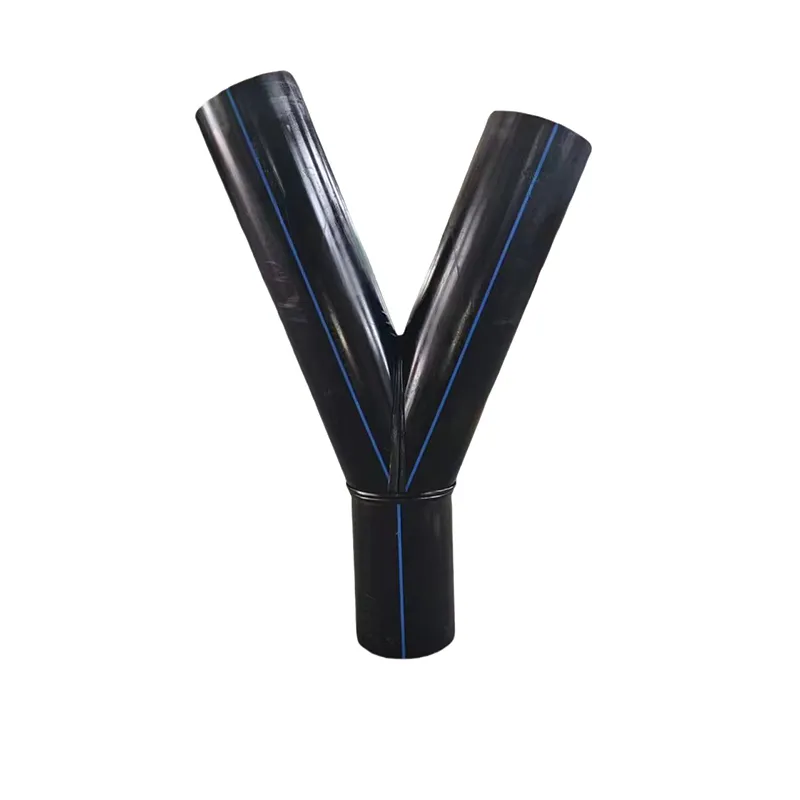
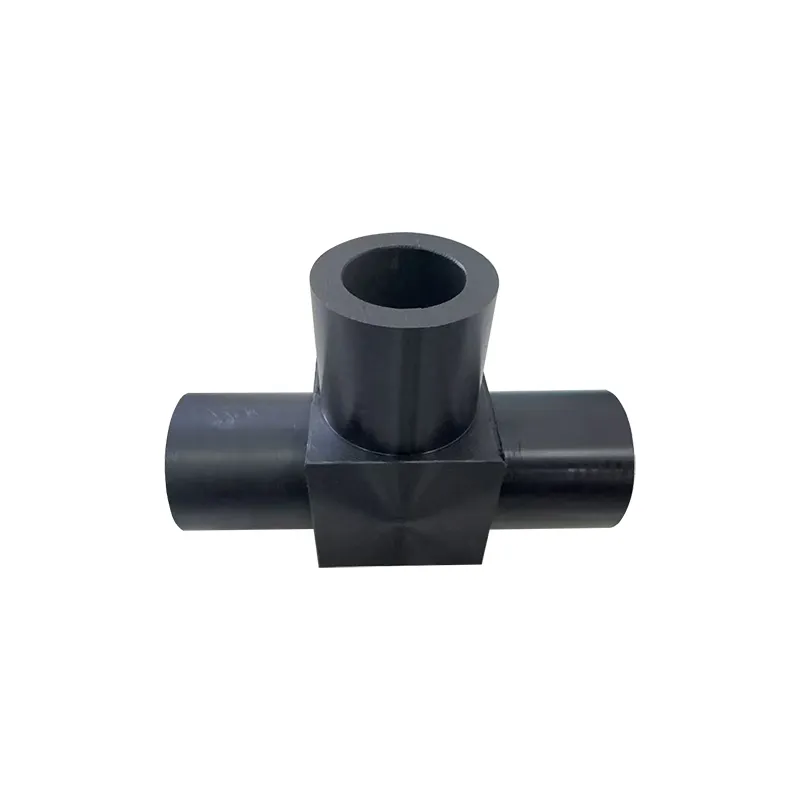
659.webp)
210.webp)
328.webp)
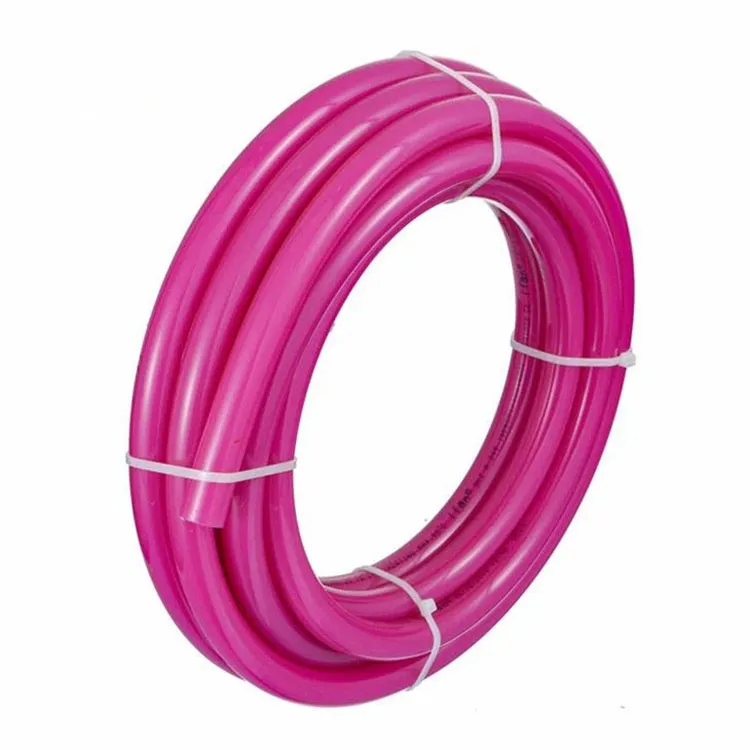
294.webp)
476.webp)


